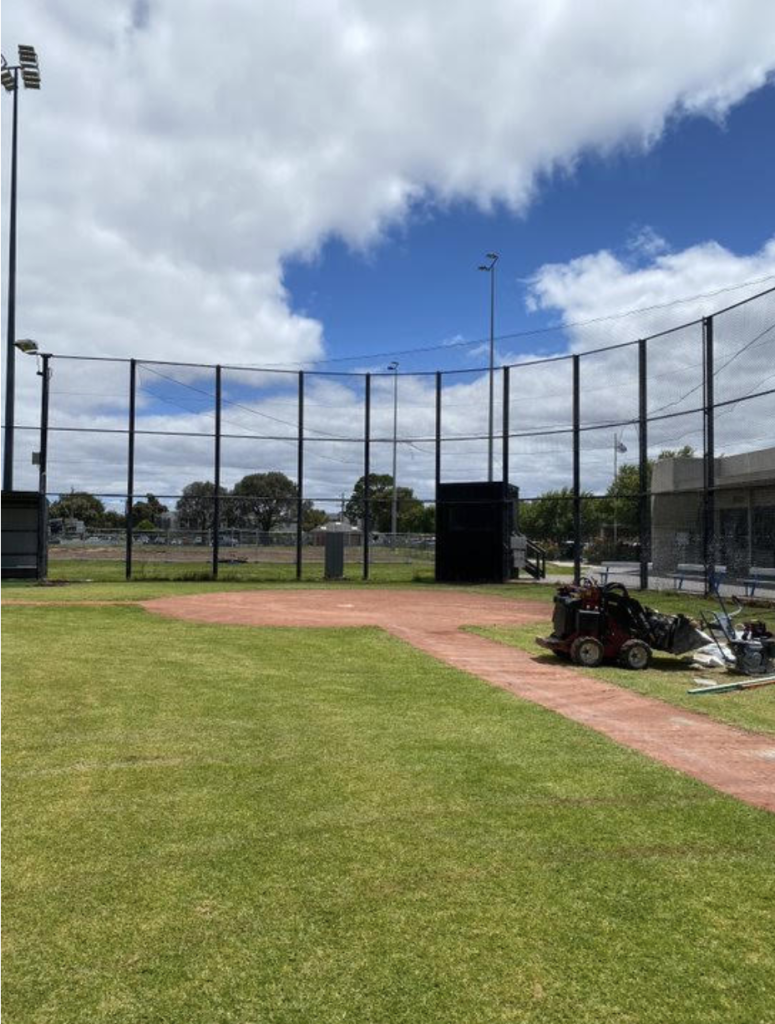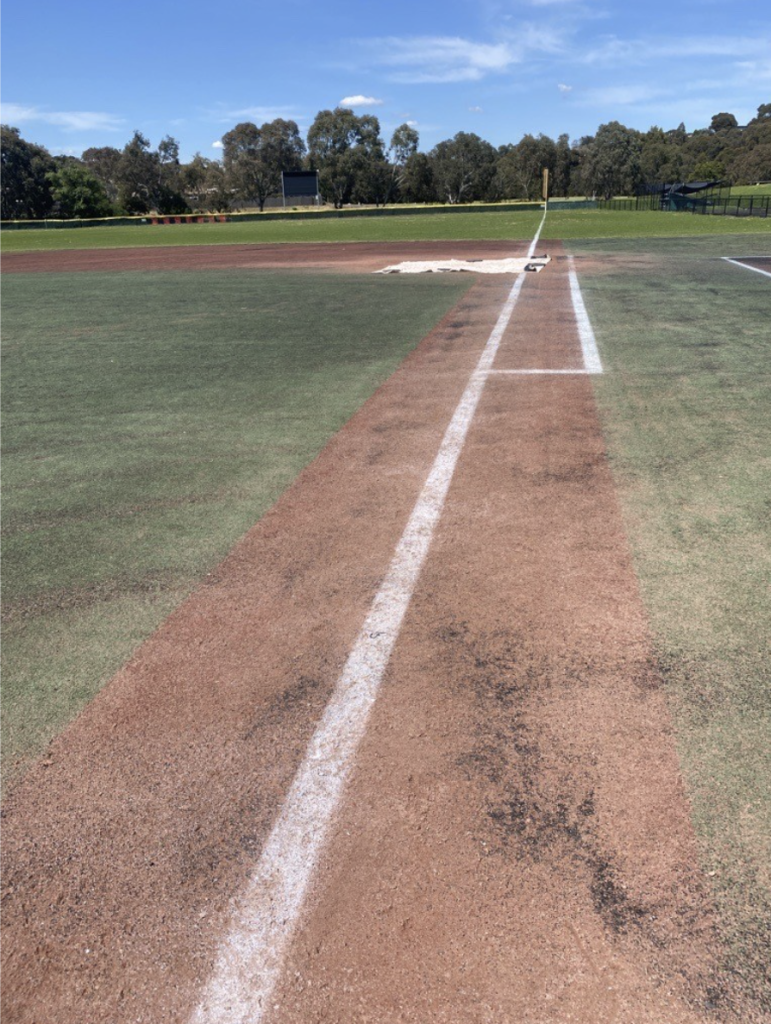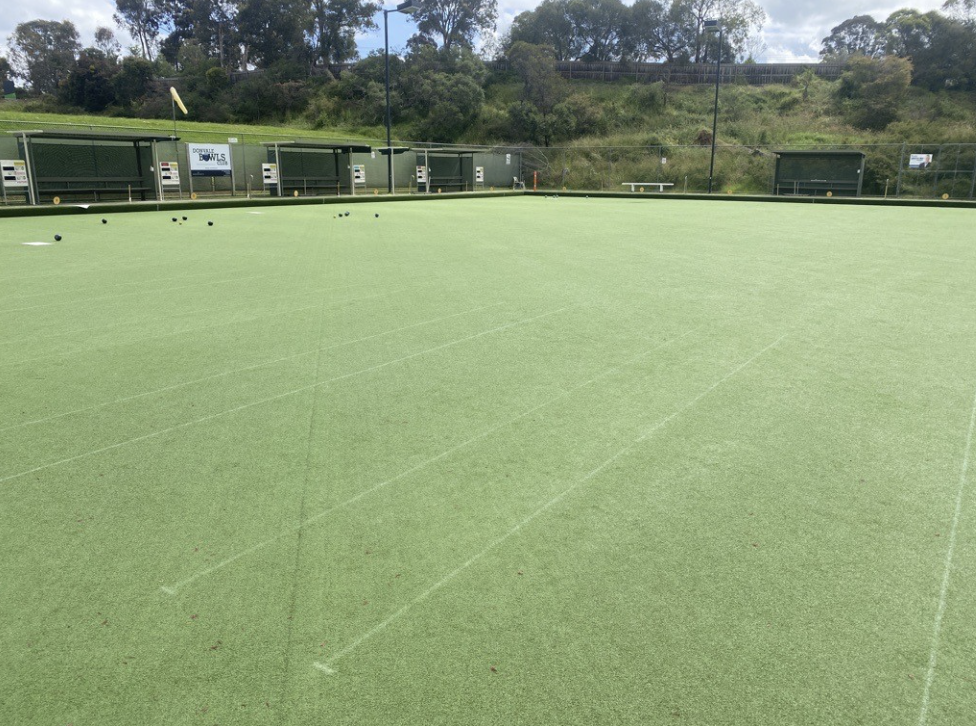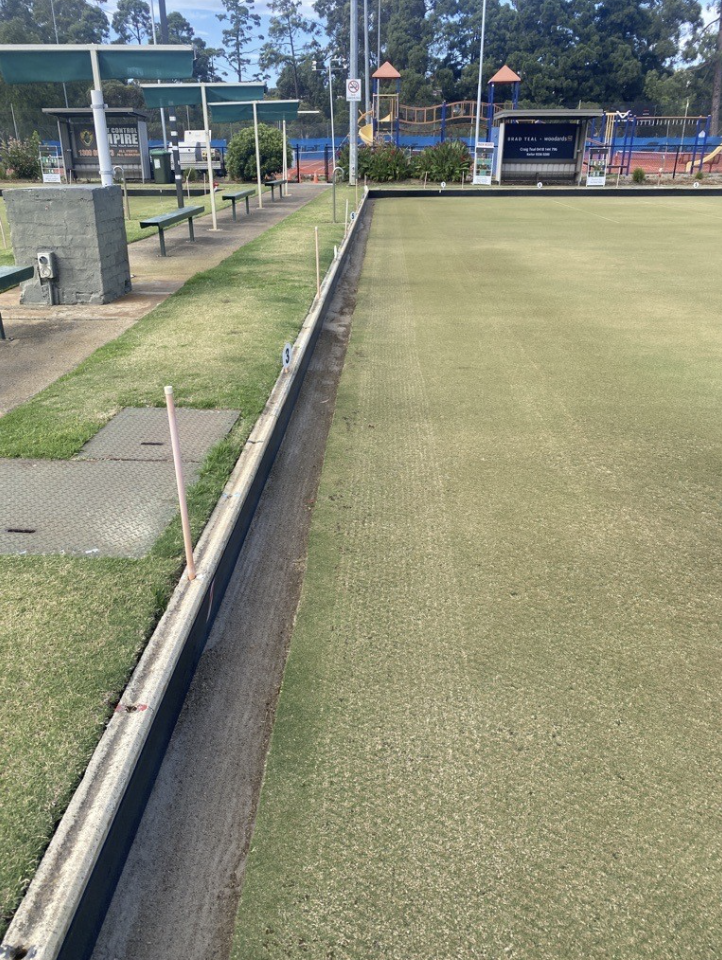Diving deep into four sports and the sports engineering behind them ...
Engineering touches almost every part of our lives. Sport is no exception.
Sports fields are made safe, compliant and fit for purpose thanks to the hard work of engineers who apply agronomy and civil engineering principles to conduct condition assessments and provide recommendations to ensure compliance and improve safety.
“Often the client will have a number of their own challenges, such as increased demand for the current sport or increased demand for additional sports to be played on that field, so that factors into our assessment around the feasibility of the project too,” says Lucas Skelton, Field of Play Team Leader at SPORTENG.
“The assessment will differ depending on the sport, but the same engineering and agronomy principles, measurements and techniques apply. This results in a consistent format across all surfaces for our clients which can inform their long-term asset planning and captial works funding applications.
Those improvements occur in a range of settings, from local community fields to ones for elite sportspeople.
“The same principles apply for all fields. We’ve been doing assessments of fields for the Commonwealth Games and looking at the feasibility of different facilities to be used in the Games and the post-game legacy assets that can support recreation throughout the regional areas,” says Skelton.
“Some of the Commonwealth Games locations will continue to be used as community venues. So from a legacy perspective, we want to upgrade and prepare the facilities for the Games but also leave something behind that will be fit-for-purpose in the community.”
Here, Skelton and Jarrod Hill, CEO of SPORTENG, outline the primary considerations that come into play for four major sports.
1. BaseballSPORTENG’s work on baseball fields often involves a ‘whole of site’ approach, including an assessment of the fencing infrastructure – including the chain mesh backstop fence, poles and dugouts – that surrounds the baseball pitch.
They’ll also assess the composition and condition of the different Field of Play surfaces, including the natural turf infield and outfield and the granular skin surface for the basepaths and the perimeter warning track.
 Typical backstop fence
Typical backstop fence Different surface; synthetic grass infield, skin surface for basepaths on a natural turf outfield
Different surface; synthetic grass infield, skin surface for basepaths on a natural turf outfield“We’ll look at Baseball Australia’s Guidelines and then go to a facility to measure critical distances and offsets and determine if they’re compliant,” says Skelton.
“If you have a non-compliant distance between your home base and backstop fence, we would, based on the condition data, recommend renewing the fence to a compliant location. This would be in response to both an ageing fence and non-compliant location.”
One of SPORTENG’s clients is currently undergoing this process.
“They have a non-compliant distance and a poorly-conditioned fence, so they’re now designing new fences and dugouts and will reposition the fence based on the correct alignment to meet the Baseball Australia standard.
“The fence had nails punched into the timbre to hold up players’ helmets so it was quite old makeshift infrastructure, and they’re using this opportunity to renew it. Not only are they doing that for this field, but they’re going to apply a standard structure and roll that out across all their baseball fields.”
2. CricketWhen SPORTENG recently worked with a local council in Victoria to upgrade their outdoor cricket practice wicket enclosure, they observed two critical factors that needed to be addressed.
“The dividing fences weren’t long enough to comply with the Cricket Australia Standards. Council recognised that and have been able to put an extension onto their nets to improve safety,” says Skelton.
 Typical internal configuration of an outdoor practice enclosure
Typical internal configuration of an outdoor practice enclosure“The orientation of the nets was also an issue. They were facing east-west which can increase the risk of players facing the sun, rather than north-south.
So the Council saw the opportunity to solve these problems by relocating and renewing the net complex.”
 Typical 3xbay cricket practice wicket enclosure
Typical 3xbay cricket practice wicket enclosureAnother factor that comes into play when assessing cricket fields is the transition between a synthetic surface and a natural turf surface.
“In the area where the bowlers run up, you want the transition to be on a flat, level grade. We assess the boundary line and provide advice to clients on how to ensure it’s a smooth transition. It might involve localised treatment where we can adjust the levels of the turf or it might be that they’re better off relocating elsewhere.”
3. Lawn bowlsAny deviation from a completely flat surface will impact the role of a lawn bowl. But ensuring flatness can be challenging when lawn bowls is played outdoors.
“It’s a unique sport in that sense,” says Skelton. “You can’t have any tilt or grade on the field, and as the sport is played outdoors, it’s heavily reliant on the ability of water to infiltrate through the profile so that you don’t get any surface runoff. That’s a critical component when undertaking these audits.”
 Natural turf lawn bowl surface and perimeter ditch
Natural turf lawn bowl surface and perimeter ditch Synthetic grass lawn bowls
Synthetic grass lawn bowlsIf water can’t move freely through the profile, it often pools on the surface, creating playability issues and delays.
When assessing lawn bowls greens, SPORTENG also looks at the type of turf, the condition of the turf and gutters for water drainage and the balance of nutrients.
“If you don’t have water and air available to the plants in the right balance, then you won’t grow healthy turf grass and have a playing surface that supports lawn bowls. It needs to be a very closely mowed surface because of the need for that smooth ball roll.”
Right now, SPORTENG is assessing the suitability of lawn bowls greens for the Commonwealth Games.
“For most of their life, they’ll just be used as facilities for community sport. However, for a six week period, they’ll be hosting an international elite sporting event so we need to make sure the field is ready for that.”
4. TennisWhen SPORTENG assesses the condition of a tennis court, they start by investigating the cause of any pavement issues.
“We look at whether any identified pavement failures are caused by subgrade issues such as poorly compacted material or reactive clays, tree root ingress, poor design and incorrect construction techniques,” says Hill.
 Checking court surface grade and tolerances under a 3m straight edge
Checking court surface grade and tolerances under a 3m straight edgeIf the pavement is sound then SPORTENG will assess the condition of the playing surface.
The type of surface – whether synthetic grass or an acrylic surface – will also determine the type of repairs and when they can take place.
“Acrylic can only be applied at certain times of the year,” says Hill. “If it’s too cold the liquid applied acrylic won’t set. If it’s too hot or there’s too much moisture in the air, water can get trapped which will lead to delamination and failure of the system.”
While synthetic grass is highly durable, concentrated usage along tennis court baselines can result in uneven wear.
 High wear along baseline in synthetic grass court can lead to product tearing.
High wear along baseline in synthetic grass court can lead to product tearing.“While synthetic grass surfaces are more forgiving than acylic underfoot and are a slower ball speed surface, they tend to wear at an accelerated rate along the highwear area of the baselines compared to the rest of the court. Resurfacing of these high wear areas is feasible, however installing a new product adjacent to an old, slightly warn product can change playability across the different surfaces.”
Need a conditional assessment of a sports field? Contact SPORTENG today.




























